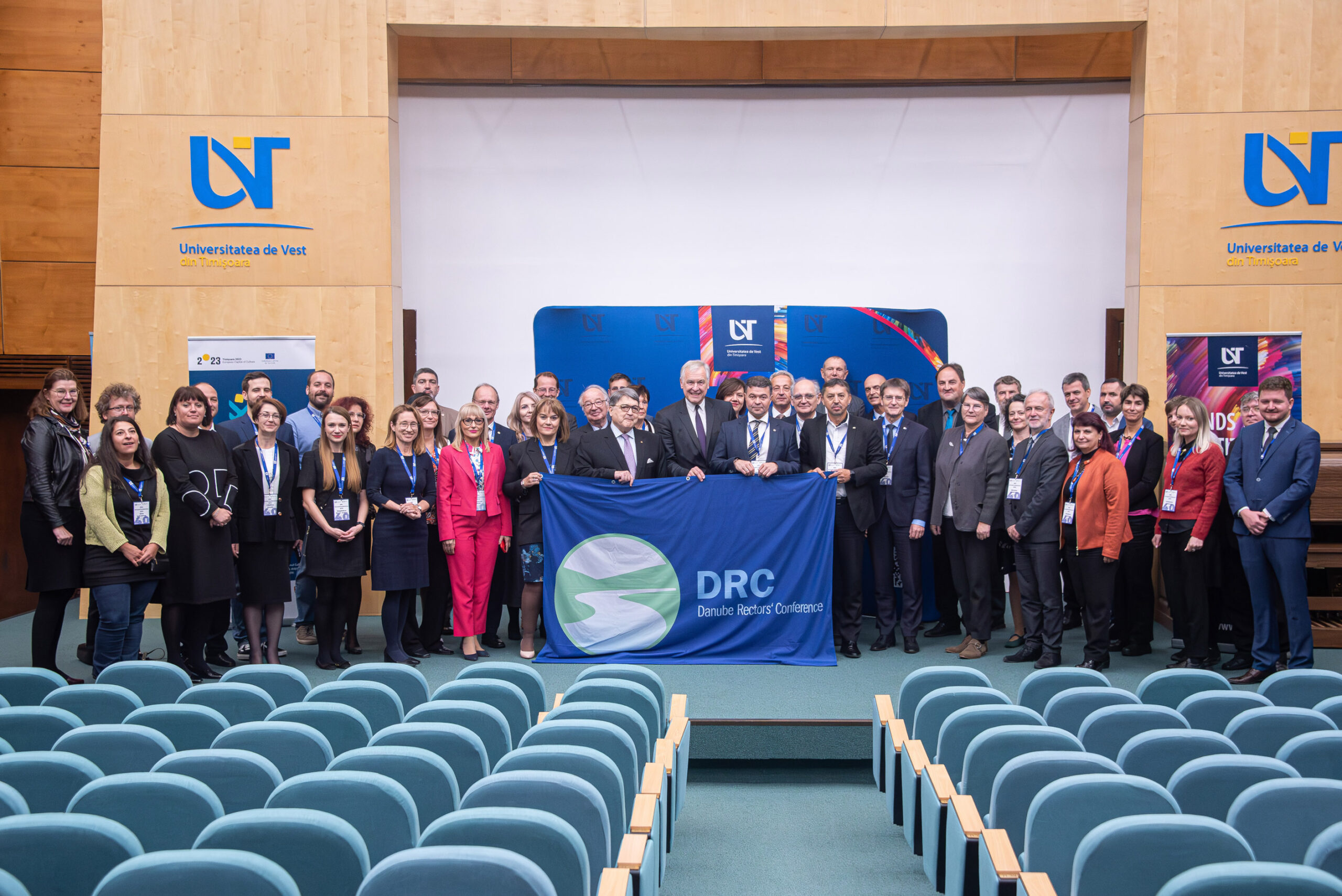Inter-institutional cooperation, joint activities and projects have characterised the Danube Rectors’ Conference (DRC) for four decades. The founding members from Ulm, Linz, Vienna and Budapest originally conceived of it as a way to establish institutional contacts with universities in countries with communist regimes behind the Iron Curtain. Today, the DRC encompasses 64 higher education institutions from 15 countries, representing more than one million students. Ulm University has been involved from the very beginning. It was one of the four founding universities in 1983. And the idea for the cooperation also originated in Ulm, during a visit by the rector of Budapest’s Semmelweis University, as Ulm University president Professor Michael Weber reports in his contribution to the commemorative publication from 2023. He goes on to say that the Danube University Association also aims to create a more united, cohesive Europe. The aim is to continue building bridges of knowledge across the Danube and to create a better future for education, research and social development.
“To strengthen the relationships between the universities along the Danube in a permanent institution”: That was the aim of the Danube Rectors’ Meeting, which took place for the first time in Vienna in the spring of 1983 and in Ulm the following September. The main focus of the Ulm talks at that time was on how university access is organised in the member countries. The establishment of the Danube Rectors’ Conference is said to go back to a suggestion by the former rector of Ulm University, Professor Detlef Bückmann. “40 years ago, our predecessors recognised the potential in bringing together universities along the Danube,” states the university’s current president, Professor Michael Weber, in the DRC commemorative publication. And further: “They understood that by crossing borders and forging strong partnerships, they could create a platform for intellectual exchange and joint initiatives that would have a lasting impact on education, research and innovation.”










